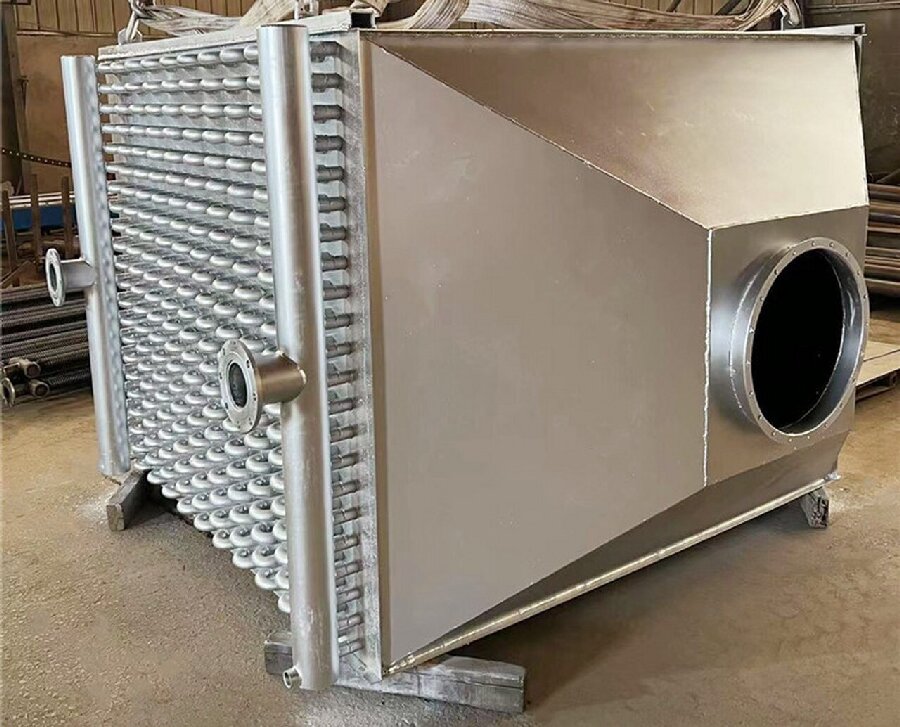How does a fin tube radiator work?
2024-12-22Leave a message
A finned tube radiator is a heat exchanger designed to transfer heat efficiently from a fluid inside the tubes to the surrounding air by utilizing external fins to increase surface area. This system is widely used in heating, cooling, and industrial processes.
1. Finned Tube Radiator Components and Design
Tubes: Typically made from materials with high thermal conductivity, such as copper, aluminum, or steel, to facilitate efficient heat transfer.
Fins: Thin metal strips (commonly aluminum or steel) attached to or integrated onto the tubes. These can be:
Wound Fins: Helically wrapped around the tubes.
Welded/Brazed Fins: Permanently bonded for better thermal contact.
Headers and Manifolds: Distribute the fluid evenly into and out of the tubes.
Casing: Encloses the system, directing airflow through the fins.
Fans (optional): In forced convection systems, fans improve airflow over the fins for enhanced heat exchange.
2. Finned Tube Radiator Operating Principles
The radiator works through a multi-stage heat transfer process:
1. Fluid Flow Inside the Tubes:
- Hot or cold fluid (e.g., water, steam, or refrigerant) enters the tubes.
- The fluid releases or absorbs heat through forced convection inside the tubes.
2. Heat Conduction Through the Tube Wall:
- The heat moves from the fluid, through the tube wall, to the fins.
- Tube materials like copper or aluminum minimize thermal resistance.
3. Heat Transfer to Air via Fins:
- Fins increase the surface area available for heat transfer.
- Heat moves from the fins to the surrounding air through natural or forced convection, depending on the airflow mechanism.
3. Finned Tube Radiator Air Flow Mechanism
Natural Convection: Heated air rises naturally, drawing cooler air into the system.
Forced Convection: Fans or blowers actively move air across the fins, significantly improving efficiency.
4. Finned Tube Radiator Flow Arrangements
Parallel Flow: Air and fluid move in the same direction.
Counterflow: Air and fluid flow in opposite directions for maximum heat transfer efficiency.
Crossflow: Air flows perpendicular to the fluid for a balanced performance.
5. Finned Tube Radiator Efficiency Factors
Fin Spacing: Determines the balance between heat transfer efficiency and airflow resistance.
Fin Geometry: Shapes like corrugated or perforated fins enhance turbulence, increasing heat exchange.
Fluid Velocity: Higher velocity improves convective heat transfer but can increase pressure drops.
Material Selection: High-conductivity metals reduce thermal resistance, enhancing overall performance.
6. Finned Tube Radiator Applications
Residential Heating: Used in baseboard heaters and room radiators.
Industrial Processes: Cools machinery or systems like compressors and engines.
HVAC Systems: Integrated into air conditioners and refrigeration units.
Power Plants: Removes excess heat in steam turbines or economizers.


